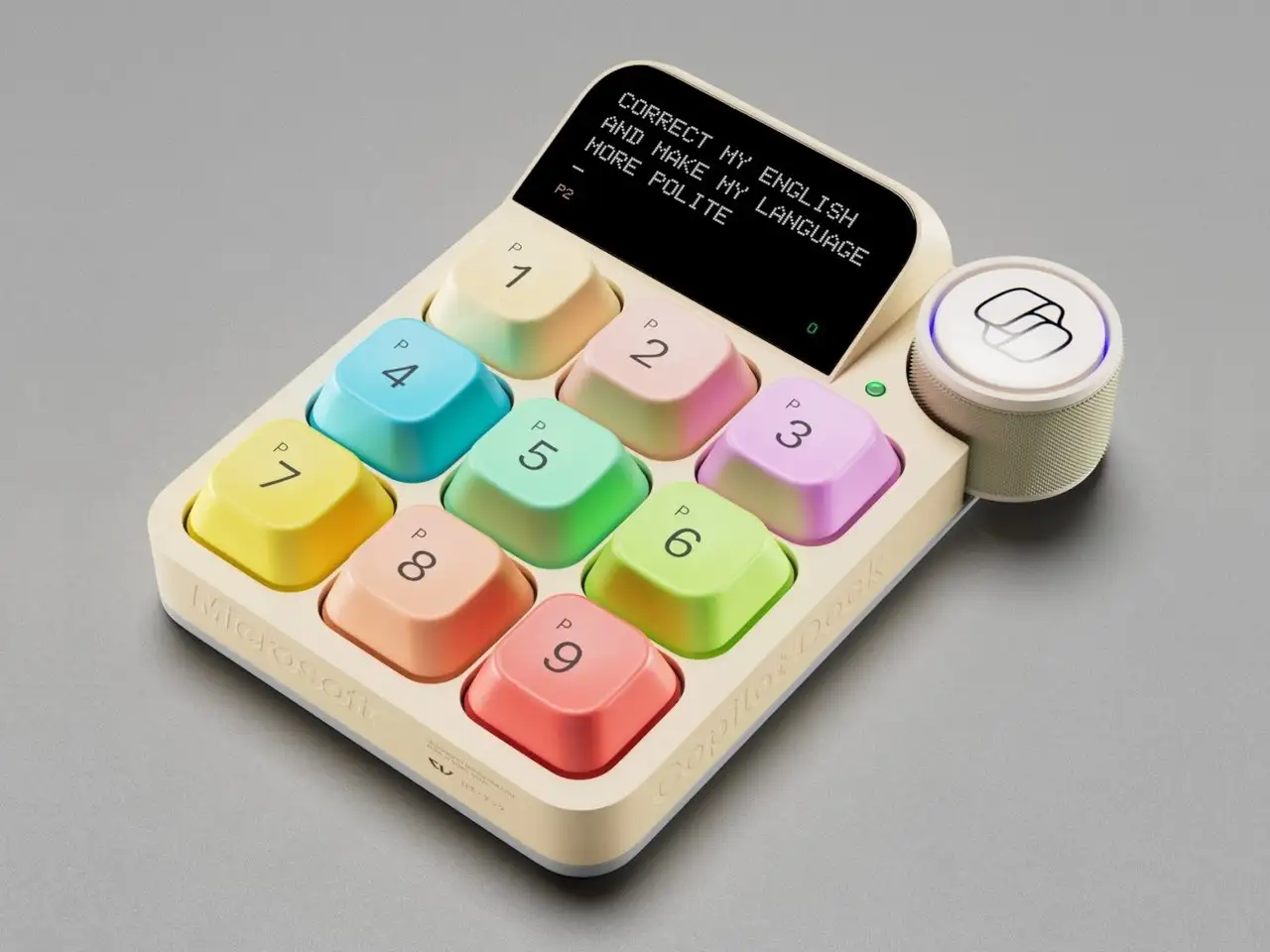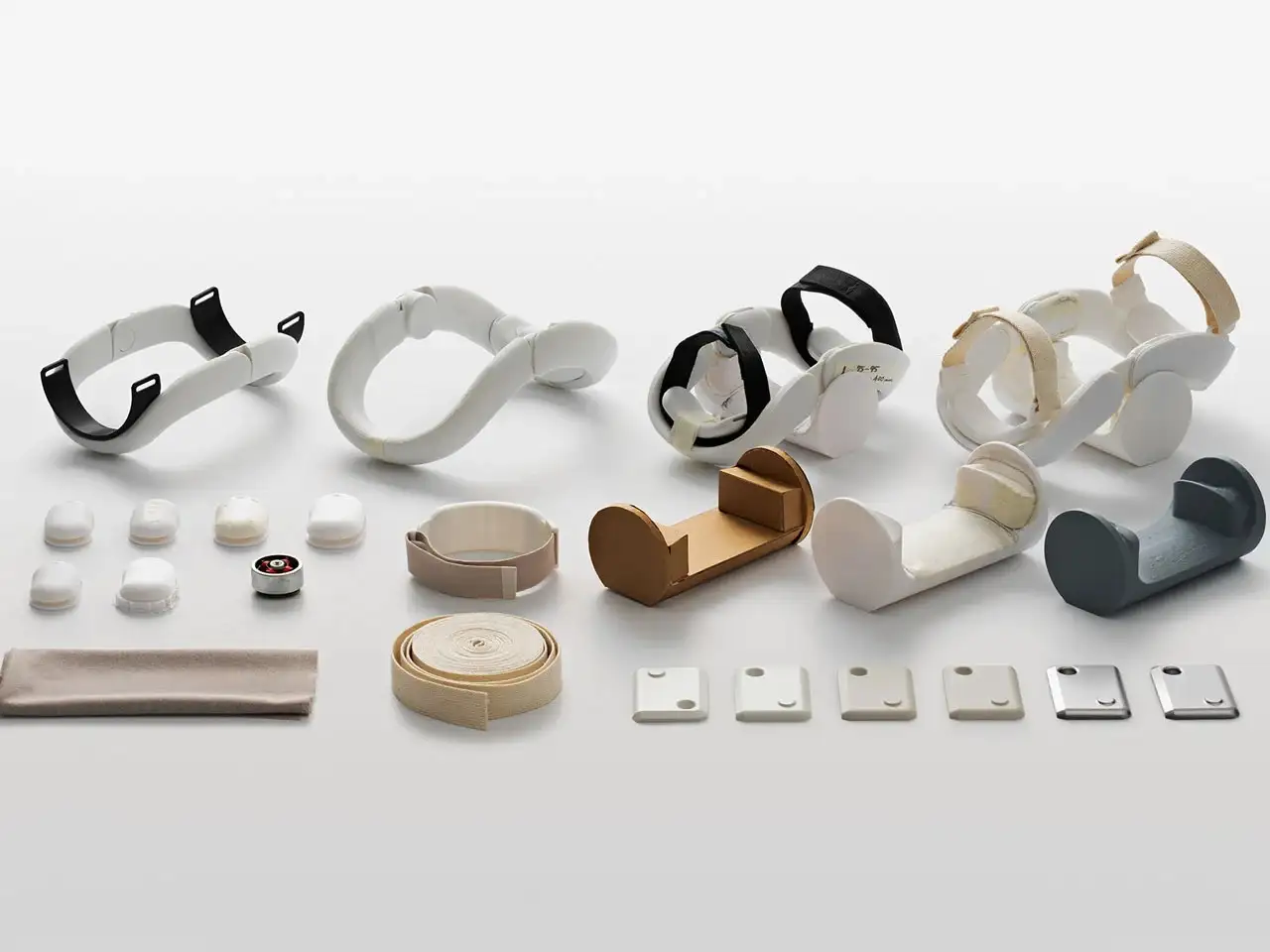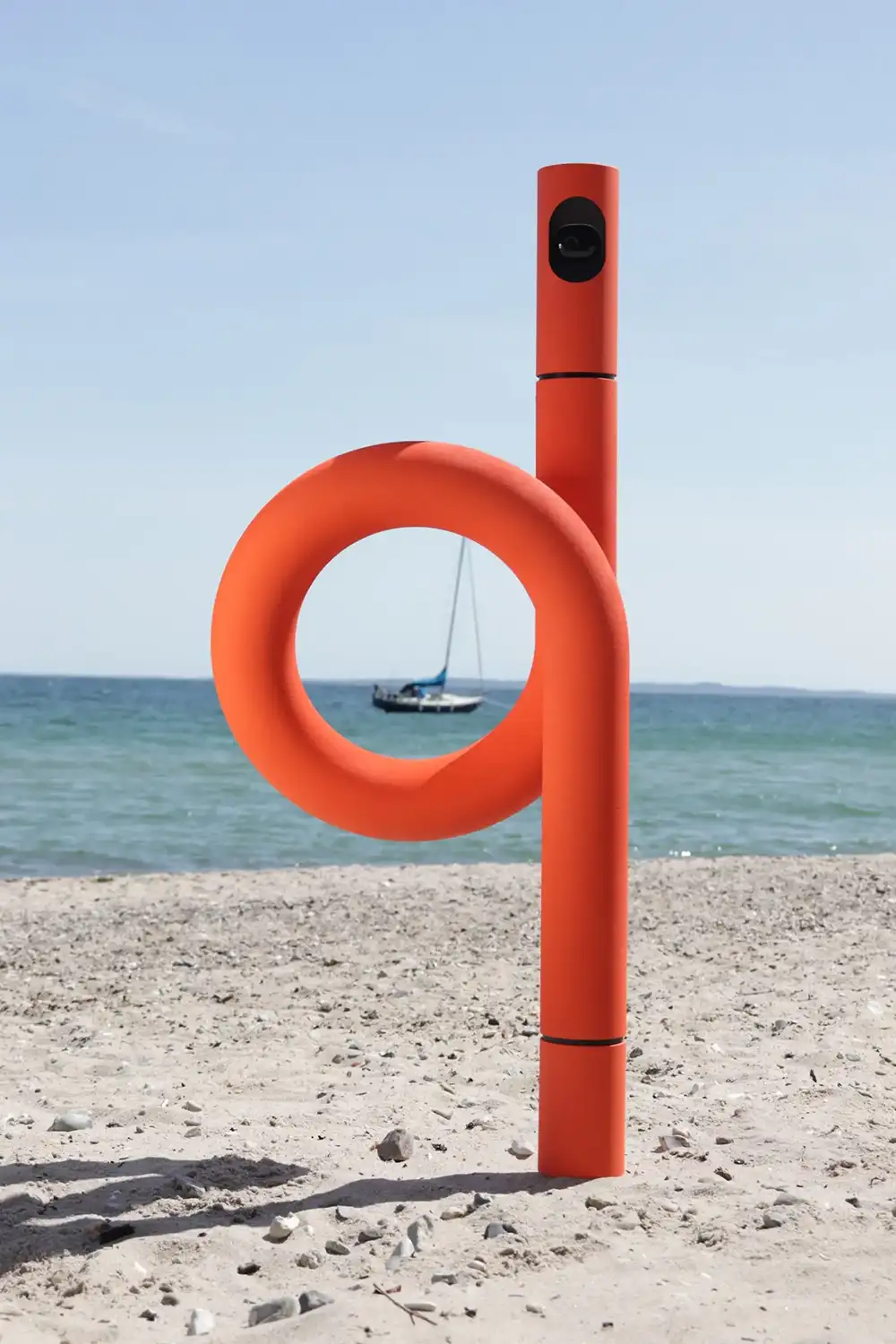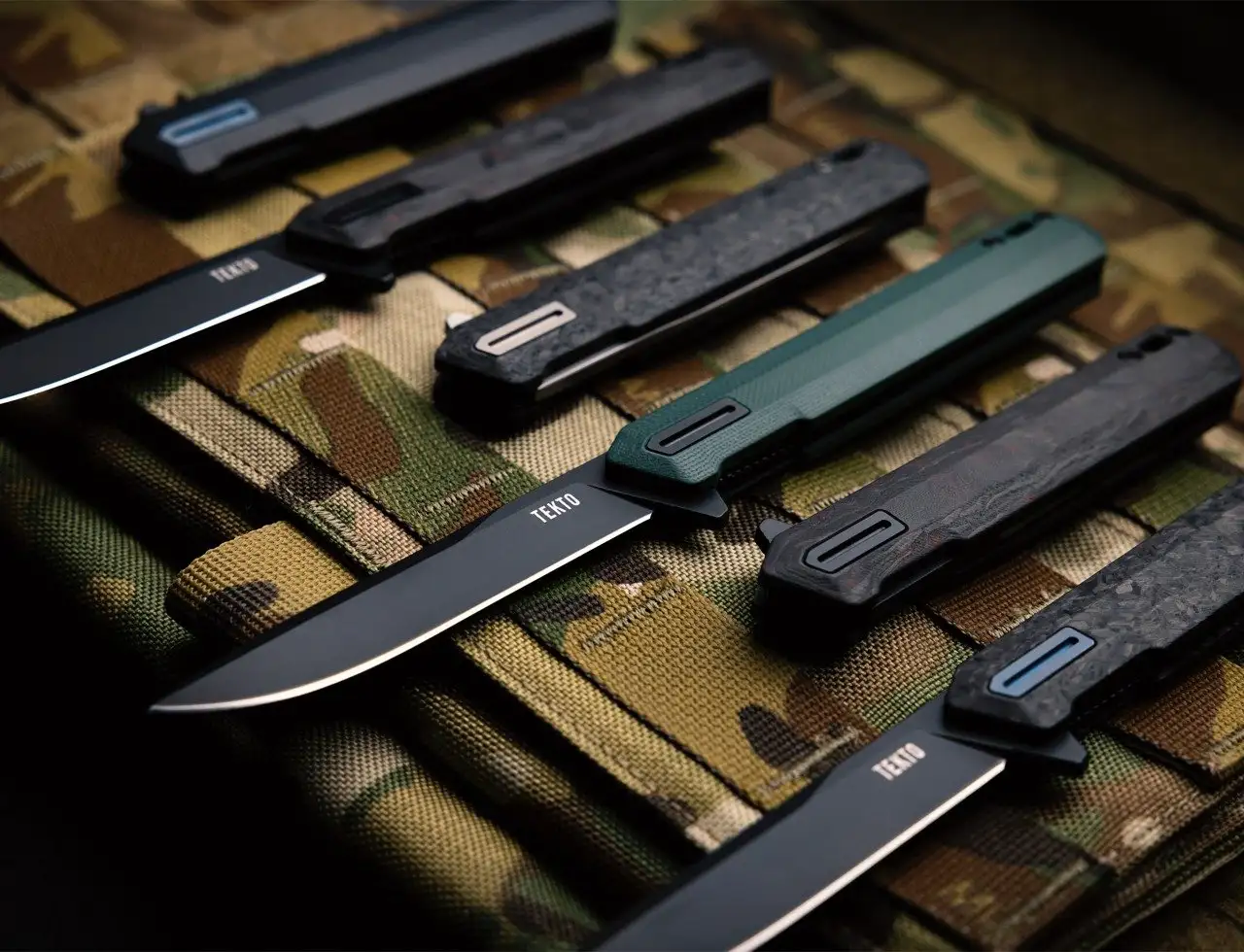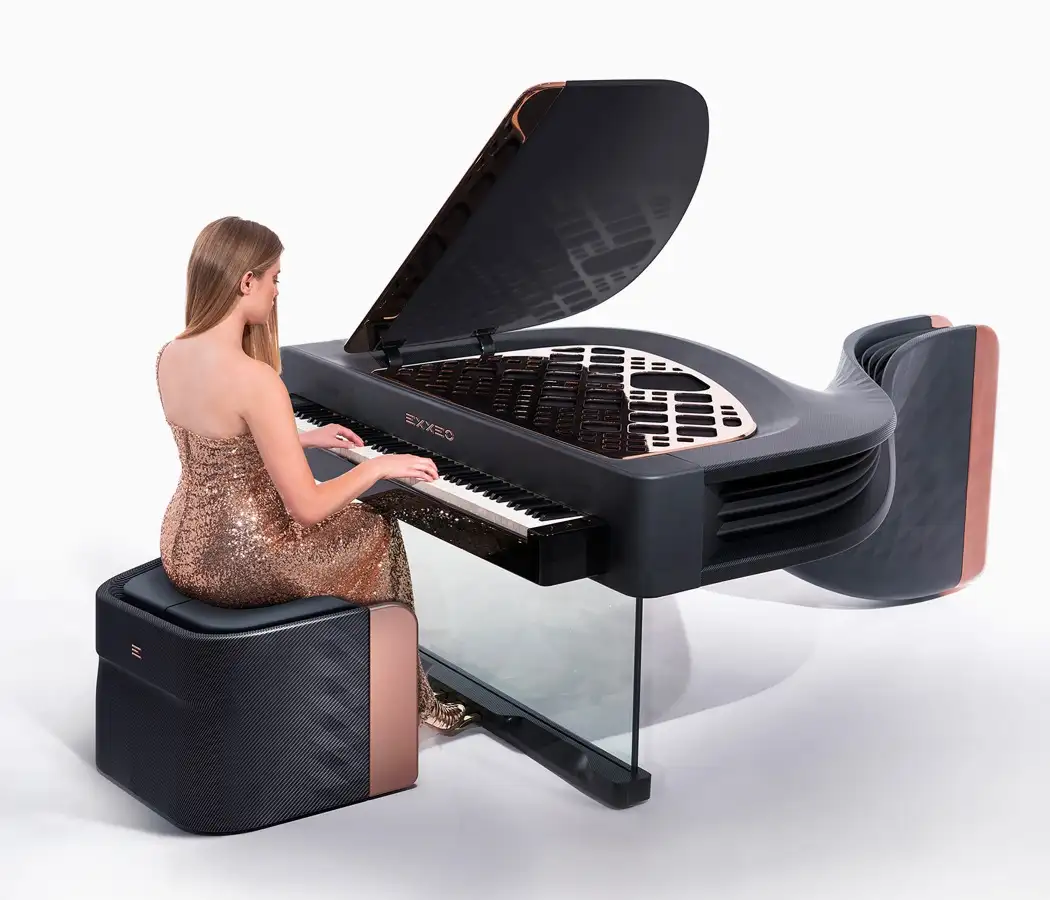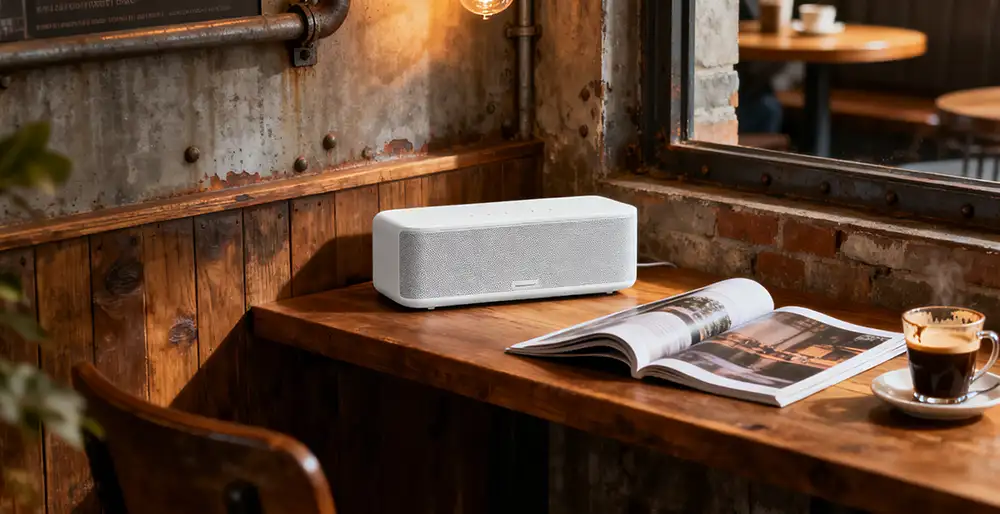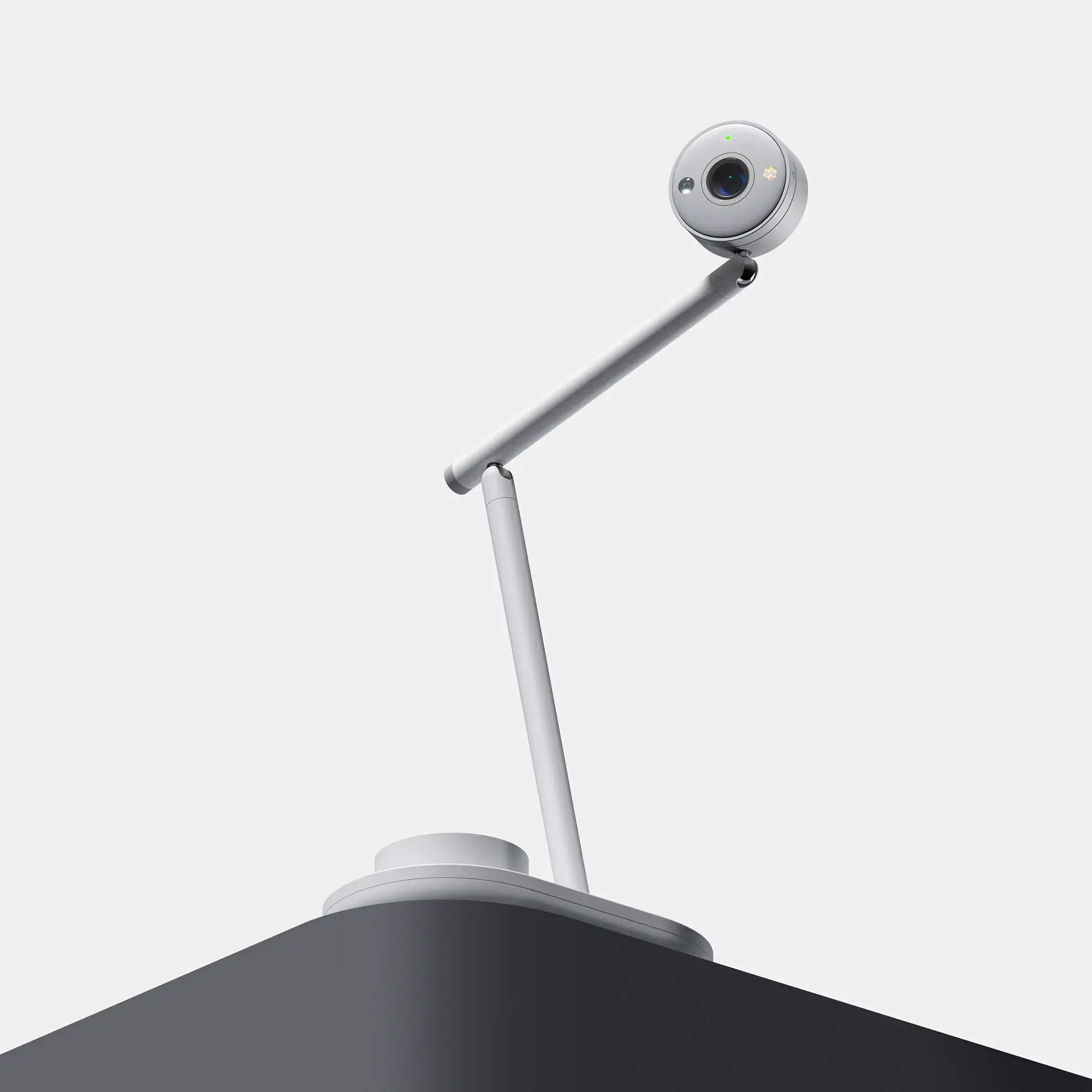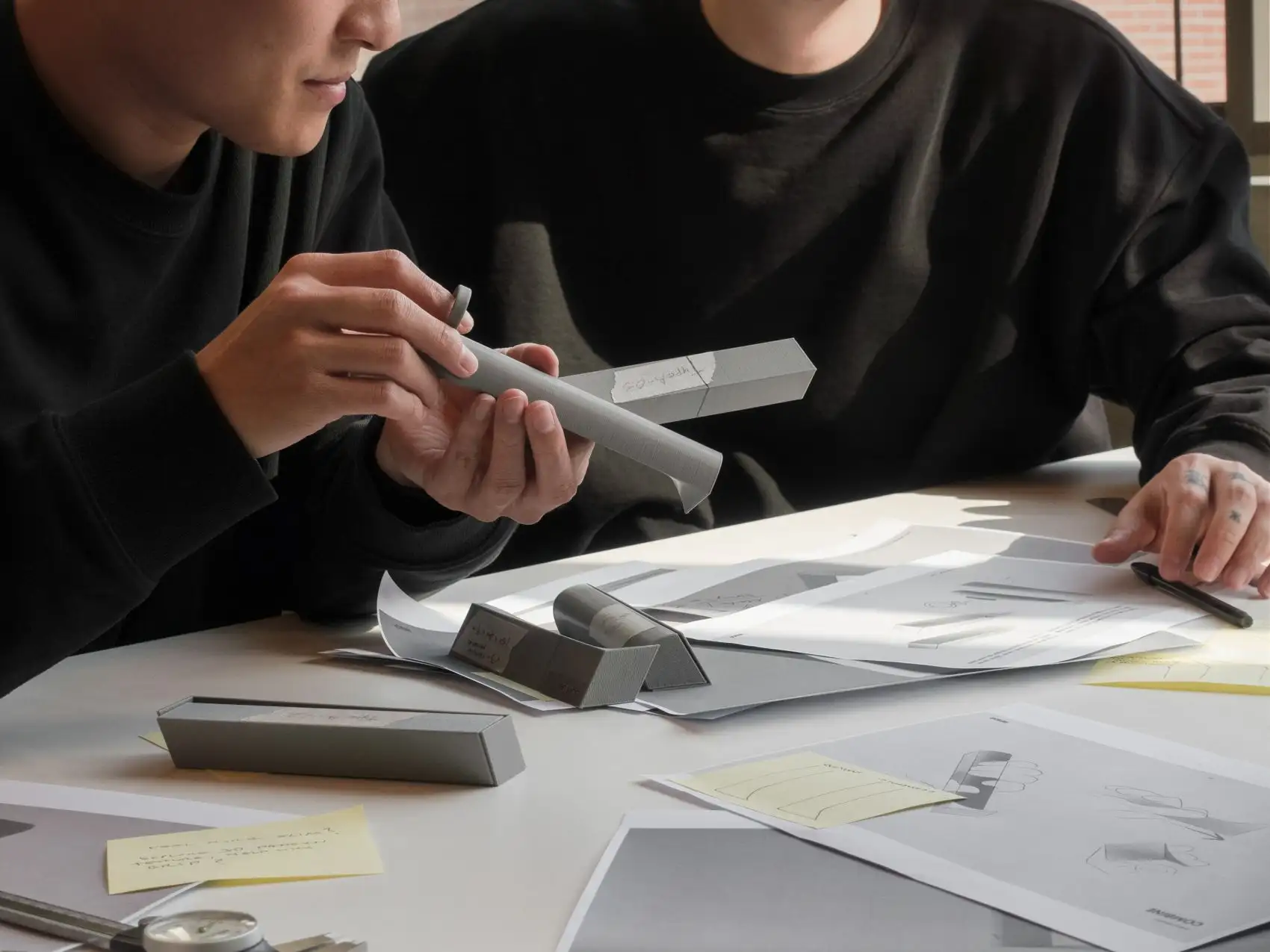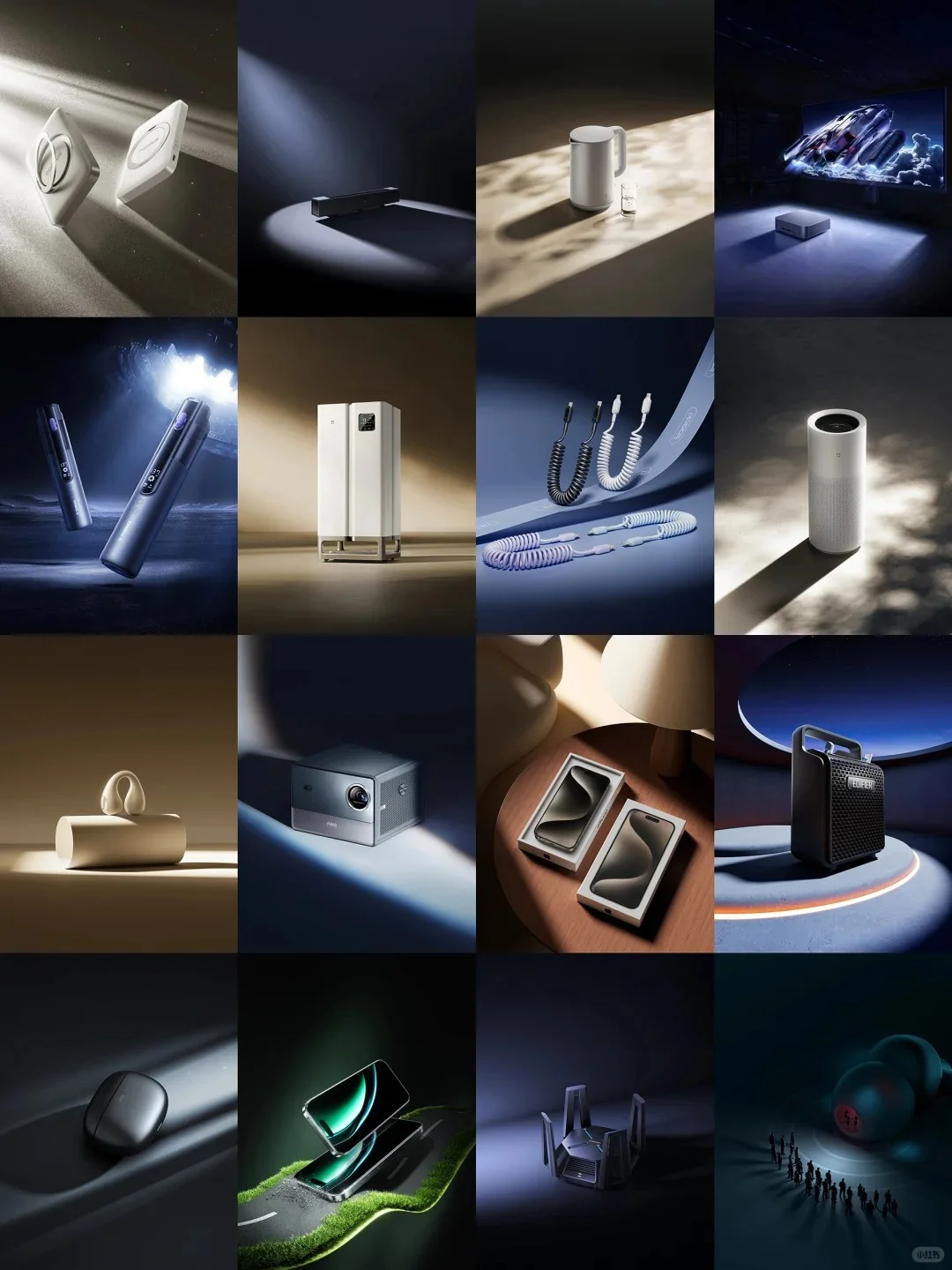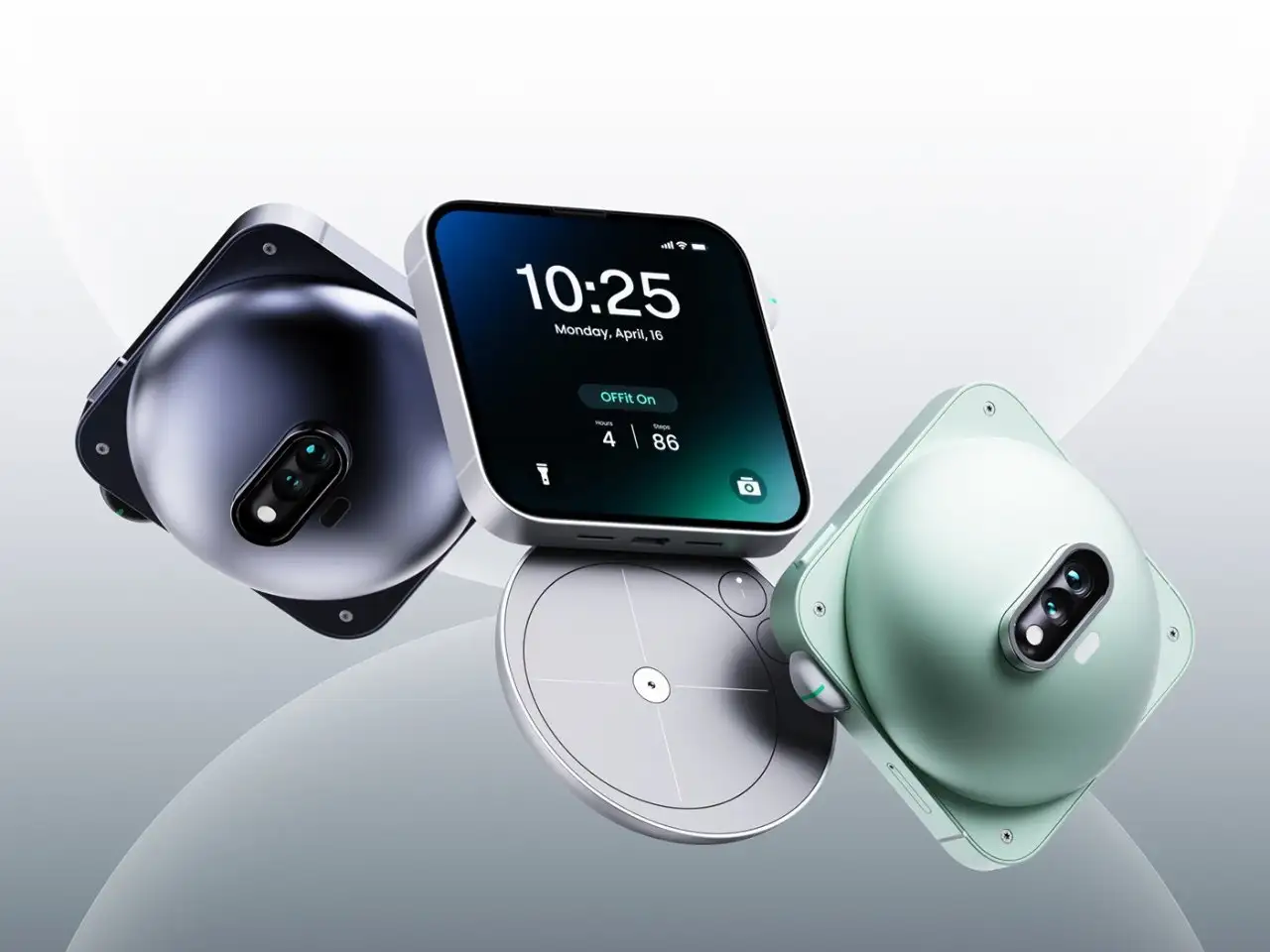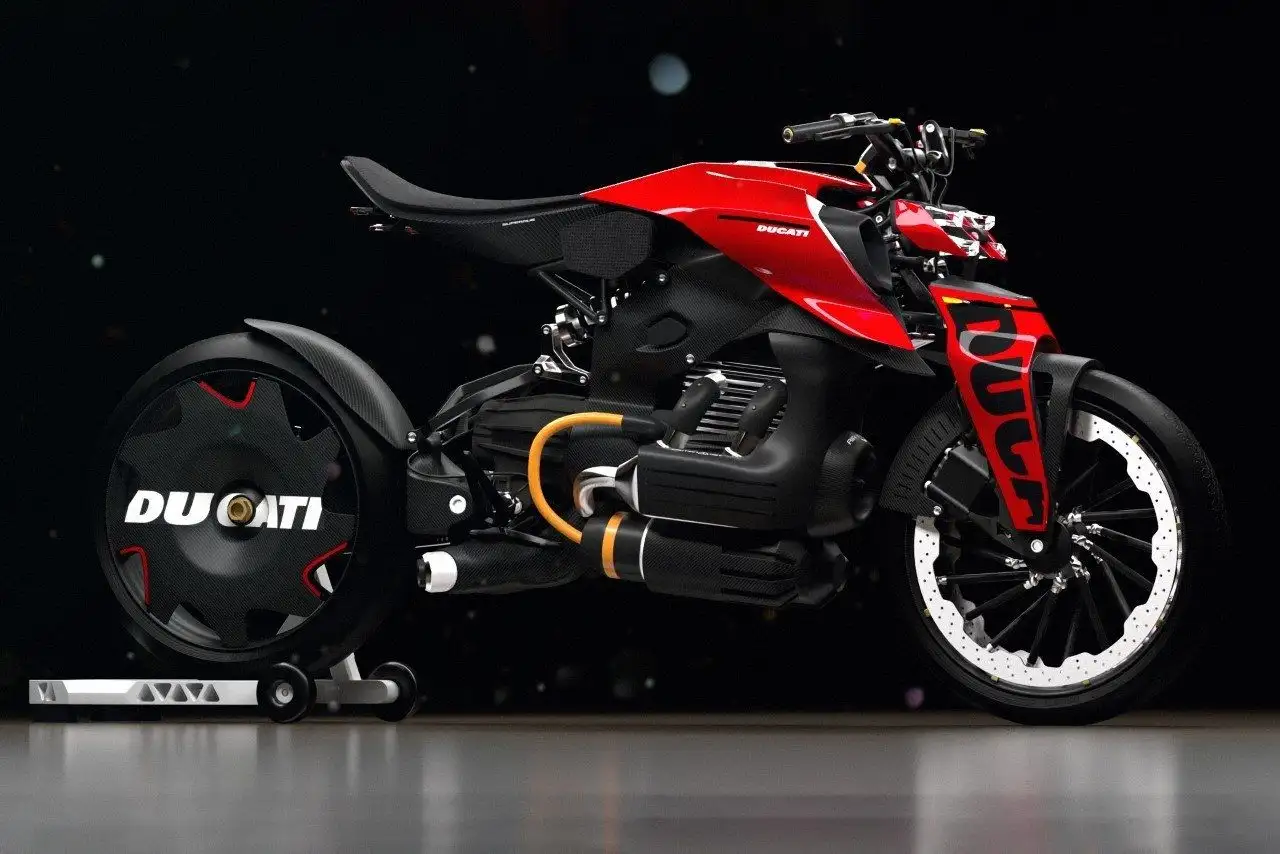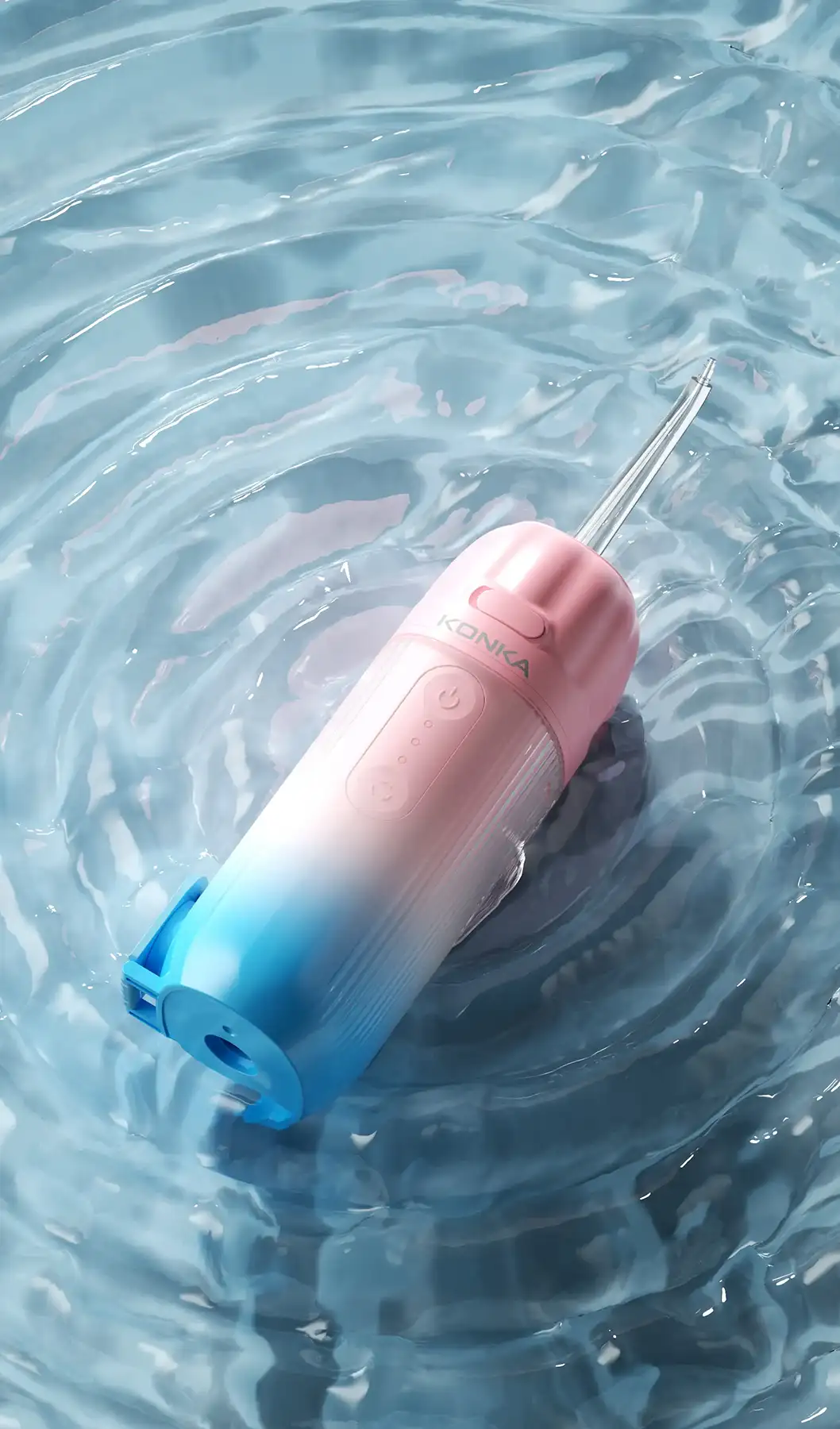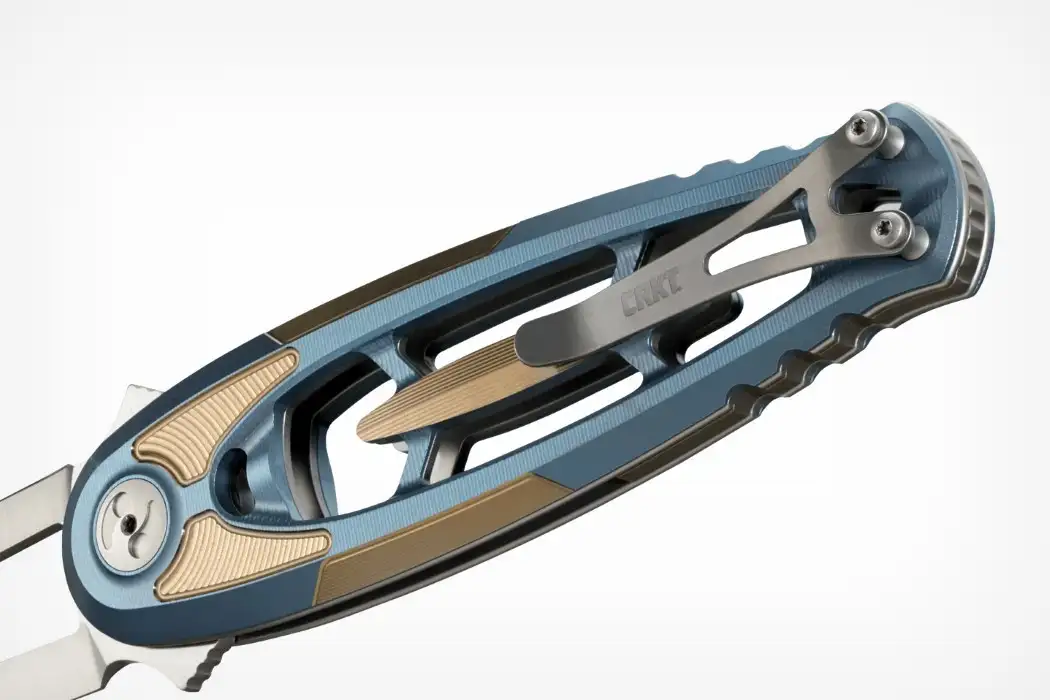NINEIDEA:充电宝产品设计的线圈和手机里的线圈尺寸通常不同,具体差异取决于设计标准、功率需求和设备兼容性。以下是具体分析:
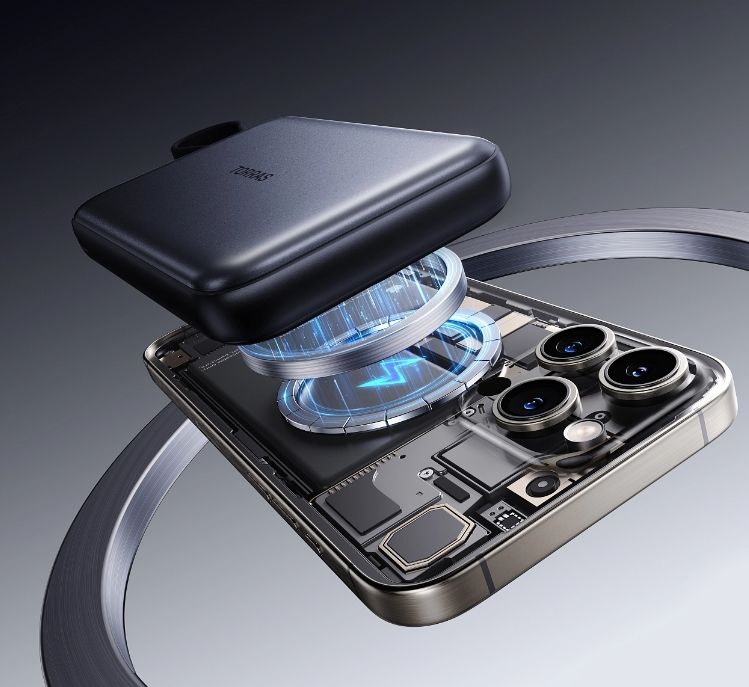
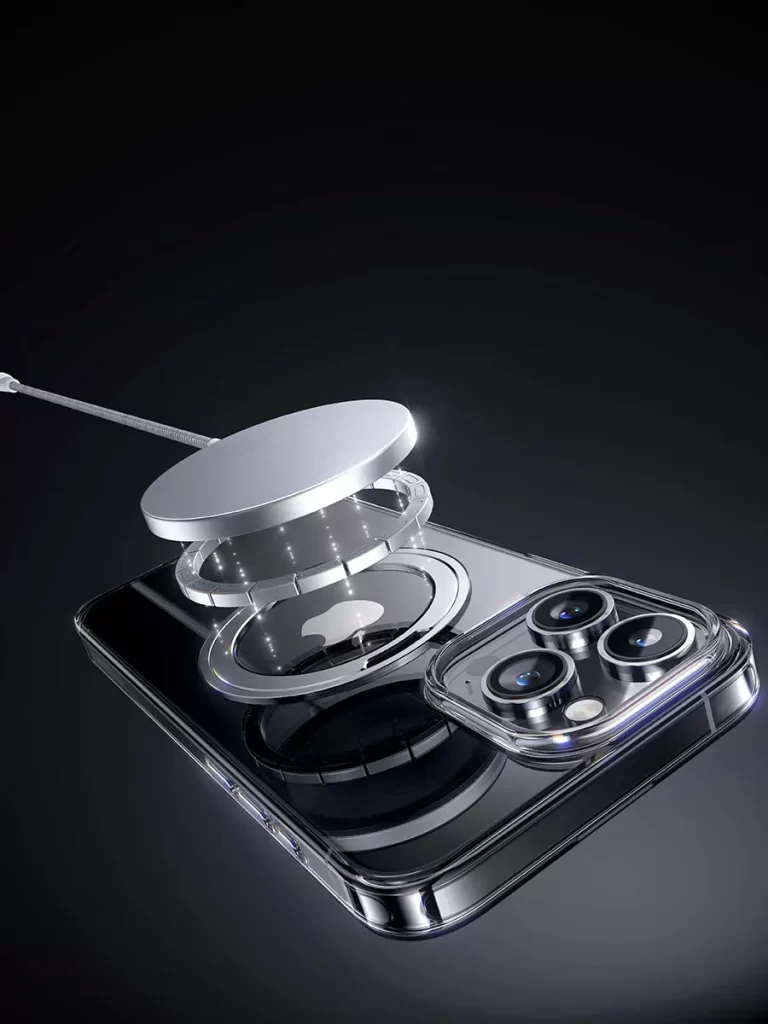
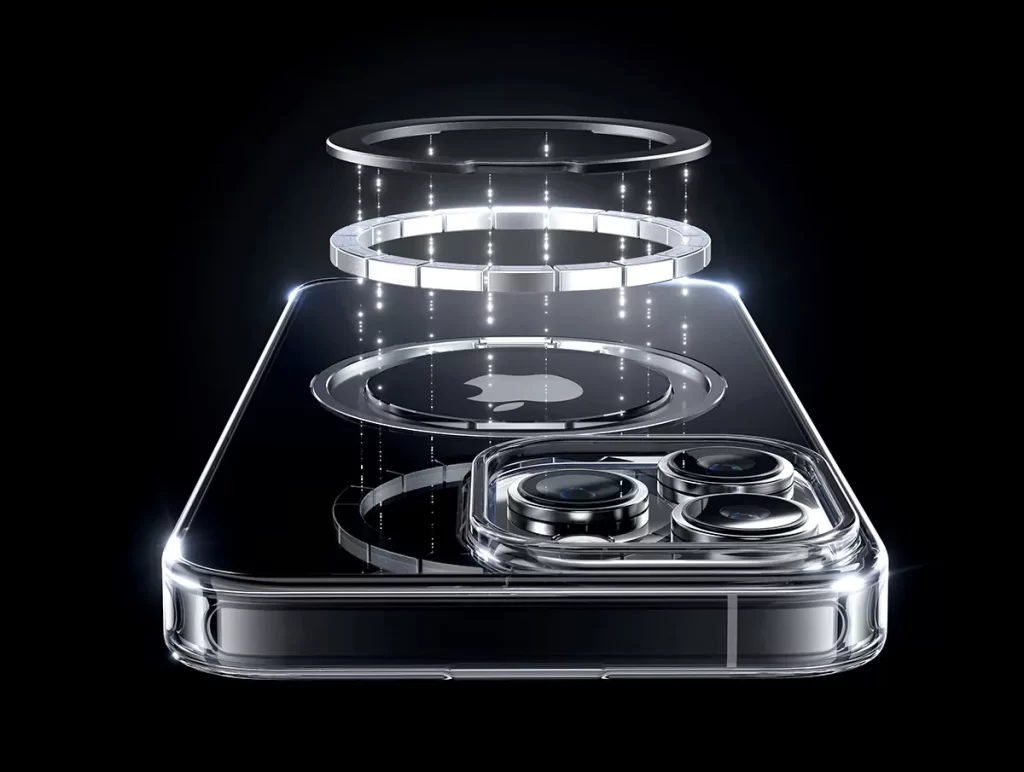
尺寸差异的核心原因
- 功能定位不同
- 充电宝线圈(发射端):作为无线充电的能量发射源,需覆盖更广的磁场范围以兼容多种设备。根据 Qi 标准,发射端线圈直径通常在46-48mm之间。例如,贝尔金 Qi2 二合一无线充电器的发射线圈直径为 54mm,适配 iPhone 的磁吸充电。
- 手机线圈(接收端):作为能量接收部件,需在有限空间内实现高效耦合,线圈直径多为50mm左右。例如,iPhone 13 的接收线圈直径约 50mm,支持 15W MagSafe 磁吸充电。
- 技术标准与兼容性
- Qi 标准要求发射端与接收端线圈直径差异不超过 15%,以确保能量传输效率(60%-75%)。例如,手机端 50mm 与充电宝端 46-48mm 的差值在 4-6mm,符合标准。
- MagSafe 磁吸线圈采用Φ54-Φ46的规格,通过磁铁阵列实现精准对齐,进一步缩小尺寸差异。
- 材料与工艺差异
- 手机接收线圈多采用FPC 柔性电路板,厚度可薄至 0.18mm,但内阻较大。例如,OPPO Find N5 的接收线圈厚度仅 0.18mm。
- 充电宝发射线圈常用利兹线或镀铜线圈,内阻低且散热好,厚度通常在 1.5-4mm 之间。例如,贝兰德 Qi2 磁吸模组厚度为 4.67mm。
典型案例对比
- 苹果 MagSafe 生态
- 充电宝:苹果原装 MagSafe 无线充电器的发射线圈直径为 55.91mm,兼容 iPhone 12/13 系列的 50mm 接收线圈。
- 手机:iPhone 13 的接收线圈直径约 50mm,支持反向充电功能,线圈尺寸略有升级。
- 安卓阵营
- 充电宝:小米无线充电宝的发射线圈直径约 46mm,适配小米 12 系列的 50mm 接收线圈。
- 手机:三星 Galaxy S21 的接收线圈直径 50mm,与充电宝端 46mm 的线圈形成 4mm 差异。
- 特殊场景设计
- 大功率充电宝:奇瑞 50W 车载无线充电模块的线圈厚度达 35.96mm,但这类模块因散热需求大,不适用于手机内部。
- 超薄手机:OPPO Find N5 的接收线圈厚度仅 0.18mm,而配套充电宝的发射线圈厚度约 1.5mm,差异显著。
实际影响与用户选择
- 充电效率与兼容性
- 线圈尺寸差异在 15% 以内时,充电效率可达 60%-75%。例如,手机端 50mm 与充电宝端 46mm 的组合,能量传输效率较高。
- 若尺寸差异过大(如超过 20%),可能导致充电速度下降或无法触发快充协议。例如,部分第三方充电宝因线圈过小,无法激活 iPhone 的 15W MagSafe 快充。
- 设备设计与空间限制
- 手机为追求轻薄,需压缩线圈厚度。例如,iPhone 13 的接收线圈厚度约 1.5mm,而电池厚度为 3.5mm。
- 充电宝为兼容多设备,需平衡线圈尺寸与便携性。例如,南卡无线充电宝 POW2 的线圈直径 50mm,厚度仅 1.5cm,兼顾效率与体积。
- 选购建议
- 优先选择线圈尺寸匹配的充电宝与手机组合。例如,iPhone 用户可选择 MagSafe 认证充电宝,安卓用户可关注支持 Qi 标准的产品。
- 注意功率匹配:高功率充电宝(如 30W)可能采用更大线圈,需确认手机是否支持对应协议。例如,华为 Mate 60 Pro 的 27W 无线充电需搭配原厂 50W 充电宝。
充电宝与手机的线圈尺寸通常不同,手机接收线圈多为 50mm 左右,而充电宝发射线圈约 46-48mm。这种差异由功能定位、技术标准和材料工艺共同决定。用户在选择无线充电设备时,应优先考虑线圈尺寸匹配和功率兼容性,以确保最佳充电体验。
Knowledge of charging coils in the design of power bank products
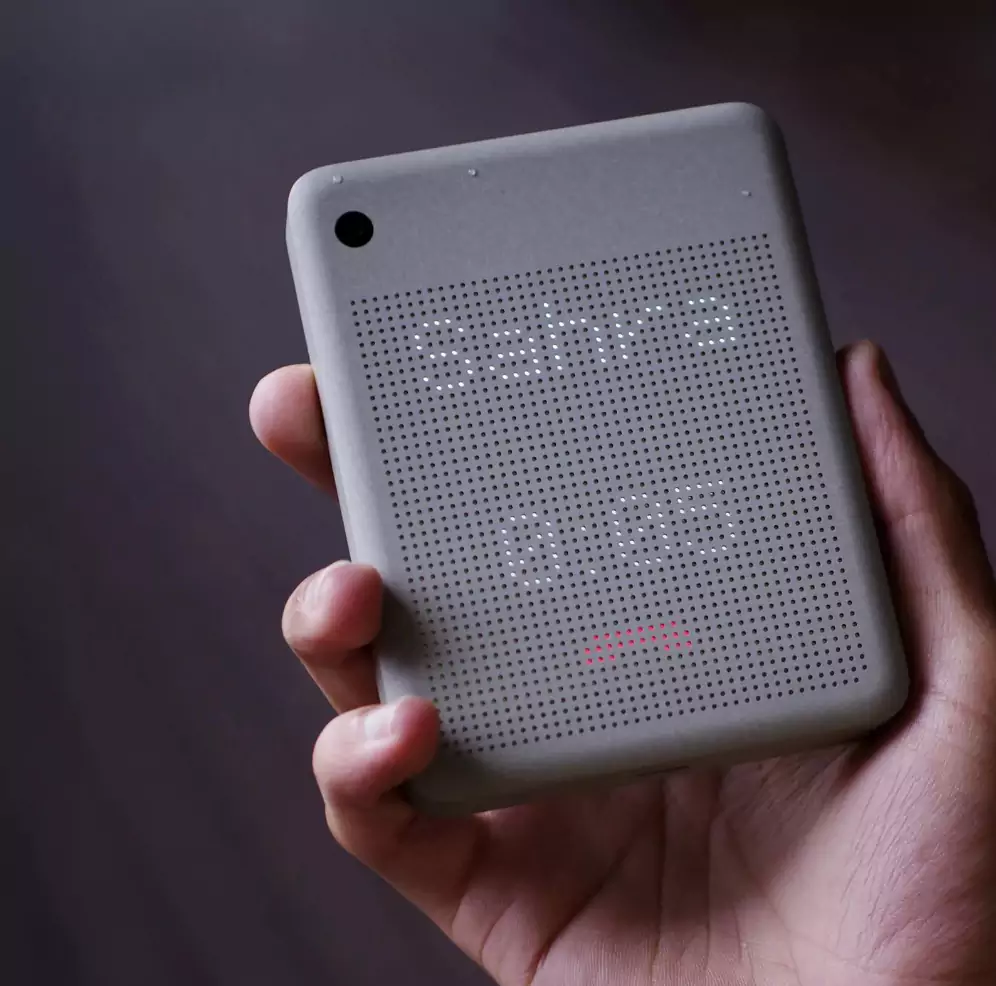

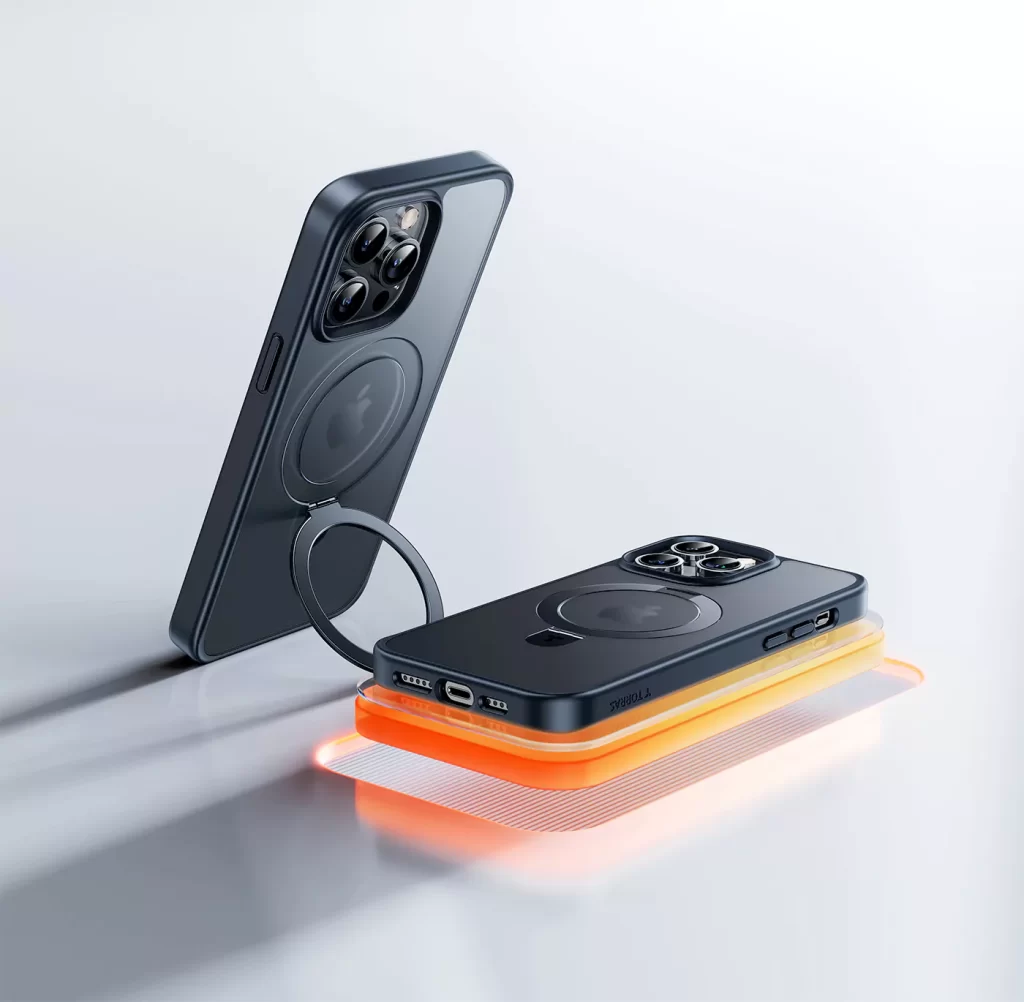
NINEIDEA: The size of the coil of the power bank is usually different from that of the coil in the mobile phone. The specific difference depends on the design standard, power demand and device compatibility. The following is a specific analysis:
The core reason for size differences
Different functional positioning
Power bank coil (transmitter): As an energy source for wireless charging, it needs to cover a wider magnetic field range to be compatible with multiple devices. According to the Qi standard, the diameter of the transmitting coil is usually between 46-48mm. For example, the transmission coil diameter of the Belkin Qi2 2-in-1 wireless charger is 54mm, which is suitable for magnetic charging of iPhone.
Mobile phone coil (receiving end): As an energy receiving component, it needs to achieve efficient coupling in a limited space, and the coil diameter is usually around 50mm. For example, the receiving coil diameter of iPhone 13 is about 50mm and supports 15W MagSafe magnetic charging.
Technical standards and compatibility
The Qi standard requires that the difference in coil diameter between the transmitting and receiving ends should not exceed 15% to ensure energy transfer efficiency (60% -75%). For example, the difference between the 50mm on the mobile phone end and the 46-48mm on the power bank end is 4-6mm, which meets the standard.
MagSafe magnetic coils are available in sizes ranging from 54 to 46, with precise alignment achieved through a magnetic array, further reducing size differences.
Differences in materials and processes
Mobile phone receiving coils often use FPC flexible circuit boards, which can be as thin as 0.18mm, but have high internal resistance. For example, the receiving coil thickness of OPPO Find N5 is only 0.18mm.
The transmitting coil of a power bank is commonly made of Leeds wire or copper plated coil, which has low internal resistance and good heat dissipation, and the thickness is usually between 1.5-4mm. For example, the thickness of the Beiland Qi2 magnetic module is 4.67mm.
Comparison of typical cases
Apple MagSafe ecosystem
Power bank: The original MagSafe wireless charger from Apple has a transmitting coil diameter of 55.91mm and is compatible with the 50mm receiving coil of the iPhone 12/13 series.
Mobile phone: The receiving coil diameter of iPhone 13 is about 50mm, supporting reverse charging function, and the coil size has been slightly upgraded.
Android camp
Power bank: The diameter of the transmitting coil of Xiaomi wireless power bank is about 46mm, which is compatible with the 50mm receiving coil of Xiaomi 12 series.
Mobile phone: The receiving coil diameter of Samsung Galaxy S21 is 50mm, forming a 4mm difference from the 46mm coil on the power bank end.
Special scenario design
High power power power bank: The coil thickness of Chery’s 50W car wireless charging module reaches 35.96mm, but this type of module is not suitable for the interior of mobile phones due to its high heat dissipation requirements.
Ultra thin phone: The receiving coil thickness of OPPO Find N5 is only 0.18mm, while the transmitting coil thickness of the matching power bank is about 1.5mm, with a significant difference.
Actual impact and user choice
Charging efficiency and compatibility
When the difference in coil size is within 15%, the charging efficiency can reach 60% -75%. For example, the combination of 50mm on the mobile phone end and 46mm on the power bank end has a higher energy transmission efficiency.
If the size difference is too large (such as exceeding 20%), it may cause a decrease in charging speed or fail to trigger the fast charging protocol. For example, some third-party power banks cannot activate iPhone’s 15W MagSafe fast charging due to their small coils.
Equipment Design and Space Limitations
To pursue slimness, mobile phones need to compress the coil thickness. For example, the receiving coil thickness of iPhone 13 is about 1.5mm, while the battery thickness is 3.5mm.
To be compatible with multiple devices, power banks need to balance coil size and portability. For example, the coil diameter of the South Carolina wireless power bank POW2 is 50mm and the thickness is only 1.5cm, balancing efficiency and volume.
Purchase suggestions
Prioritize choosing a combination of power bank and mobile phone with coil size matching. For example, iPhone users can choose MagSafe certified power banks, while Android users can follow products that support the Qi standard.
Pay attention to power matching: High power power power banks (such as 30W) may use larger coils, and it is necessary to confirm whether the phone supports the corresponding protocol. For example, the 27W wireless charging of Huawei Mate 60 Pro needs to be paired with an original 50W power bank.
The coil sizes of power banks and mobile phones are usually different. The receiving coil of mobile phones is usually around 50mm, while the transmitting coil of power banks is about 46-48mm. This difference is determined by functional positioning, technical standards, and material processes. When choosing wireless charging devices, users should prioritize coil size matching and power compatibility to ensure the best charging experience.










